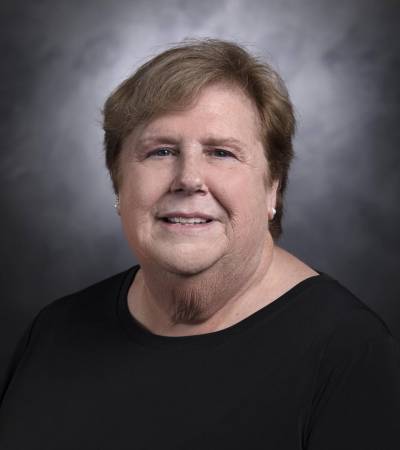
By Julie Lineback – University of West Georgia
Pandemics have a way of exposing cracks in society’s foundations – in healthcare, the workforce and the education system, for example – while also providing opportunities to bridge the gaps that separate individuals.
Dr. Angela Branyon spent 40 years supporting K-12 students in Virginia before moving to teach the next generation of educators at the University of West Georgia. Now, in this evolving time of instruction, she’s working on reaching students when access to technology is out of reach.
“I have always had a heart for those students who don’t have access to all of the same things every student has, and usually these are students who come from poverty,” said Branyon, an assistant professor in the College of Education’s Department of Educational Technology and Foundations. “I am such a believer that education is the key to opening doors to possibilities.”
The National Center for Education Statistics estimates there are at least 98,000 public schools and at least 34,000 private schools in the U.S. At least 55.1 million students were required to shift to online learning in the wake of the Coronavirus Disease 2019 (COVID-19) outbreak.
There’s just one problem: millions of students in the country don’t have a reliable way to get online.
“There are several obstacles families are facing right now in reference to online learning,” Branyon informed. “Many of the students have devices at school they can use but they don’t own a device at home, so even if the assignments are given, they don’t have a computer to complete the assignments. Secondly, they may have a device but can’t connect to the internet.”
According to the U.S. Department of Commerce National Telecommunications and Information Administration, about 14 percent of households with school-age children do not have internet access, most of who are families who make less than $50,000 a year. Many live in rural areas.
“Some of the schools have given students computers to take home, but a computer doesn’t help if you don’t have access to the internet,” Branyon observed.“I often see students park in the parking lot at schools trying to connect to the Wi-Fi there so that they can complete assignments.”
Branyon said there are ways educators and members of the community can help ensure these children are not left behind.
“I have talked with librarians about how they are continuing to foster a culture of reading by opening up their library collections and giving unlimited checkouts when usually you have to pay more,” she said. “Teachers have created packages for students and put them on the curb at the schools so those without the internet can get their assignments.”
Many librarians and teachers are taking advantage of the tools they have available.
“I know teachers who hold virtual book clubs that kids are able to do from their phones,” Branyon described. “I have been amazed at what people have been doing to rise to the occasion. People are coming together, while apart, and doing what they can to ensure each child has the opportunity to reach his or her fullest potential.”
Branyon reads for 30 minutes each evening with her granddaughter in Virginia. Although in her situation they do it virtually, reading and working on vocabulary is something families can do while quarantined together.
“I love to watch my granddaughter increase in her fluency and see that she is comprehending,” she shared. “These are all things we can work on while out of school. Even if you don’t have internet access, just reading together helps – it doesn’t matter if they have a book, newspaper or magazine. Just read.”
What has the pandemic taught us about digital needs and the U.S. education system?
“It has taught us that teaching online is not a matter of taking everything you learn in a face-to-face class and just putting it online,” Branyon said. “There is a skill to creating a community in an online class and determining what is the conceptual knowledge that needs to be understood and what are the dispositions you want to see beginning to develop in your students.”
Branyon said despite 40 years in K-12 education and three years of higher education, she has retained the same idealism she had in the ‘70s.
“Every child matters and has the capability to learn – some of them live in poverty and have no concept there is anything they can do to break the cycle,” she concluded. “It’s so important that UWG reaches out to these children and be a presence for them. I am always surprised at graduation when we have the students stand up if they are first-generation college graduates, and there are so many. It makes me proud to be a part of a university that fosters that kind of hope.”


Bulloch Public Safety
05/30/2025 Booking Report for Bulloch County

Bulloch Public Safety
Statesboro Police Dept Investigating Child’s Death From Gun Shot Wound At The Hamptons

Bulloch Lifestyle
Coastal Plains Home Now Open In Downtown Statesboro

Bulloch Public Safety
Bulloch County Deputies Make Three Felony Arrests Memorial Day Weekend

Bulloch Public Safety
05/02/2025 Booking Report for Bulloch County

Bulloch Public Safety
05/05/2025 Booking Report for Bulloch County

Bulloch Public Safety
05/27/2025 Booking Report for Bulloch County

Bulloch Public Safety
05/19/2025 Booking Report for Bulloch County

Bulloch Public Safety
05/12/2025 Booking Report for Bulloch County






